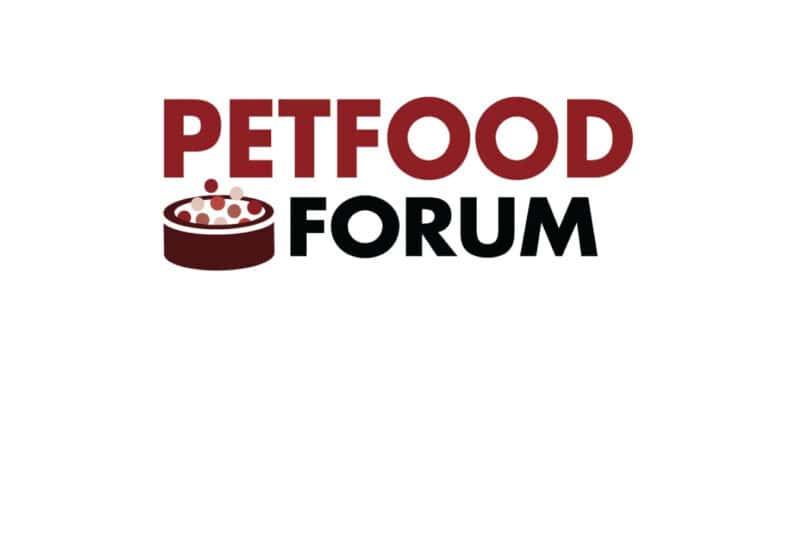
Mineral Chelation.
Mineral Chelation Technology
Organic trace minerals come in many types and formulations; leading to confusion and misconceptions about chemistry, terminology and methodologies used to determine quality, performance and value.
At Balchem, we strive to keep it simple; binding minerals to the highest-quality plant-protein-derived amino acids, in world-class facilities using a chelation process. True mineral chelation was pioneered within the Balchem family of companies nearly 60 years ago and that expertise continues today in both the human and animal nutrition arenas.





